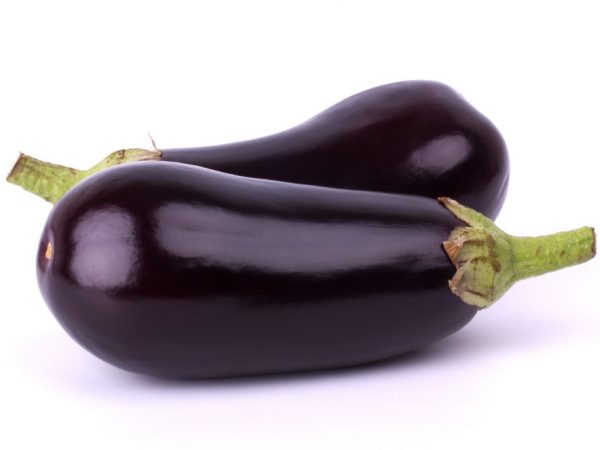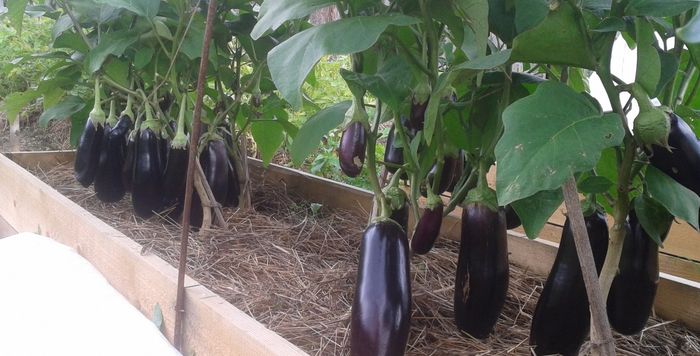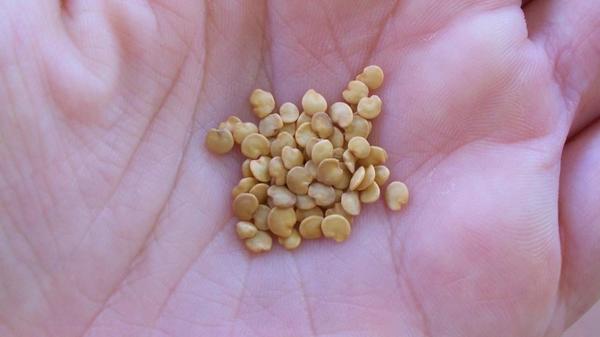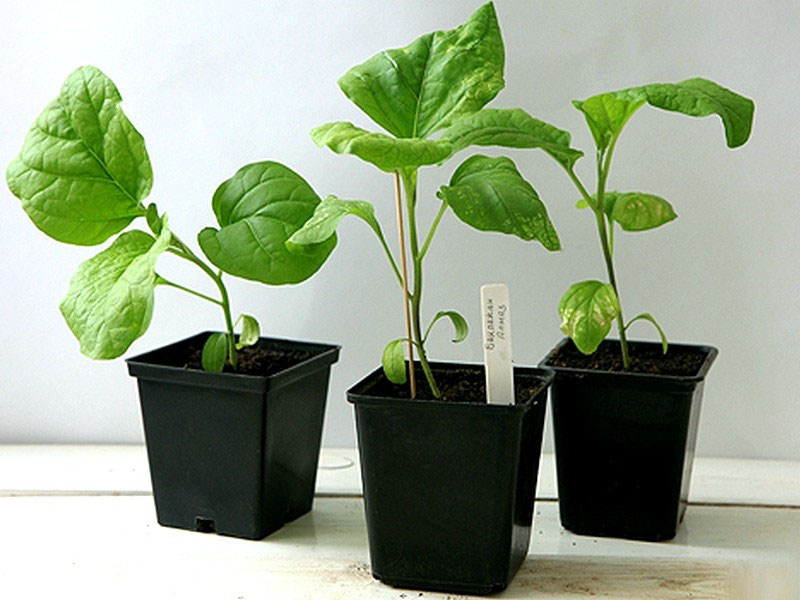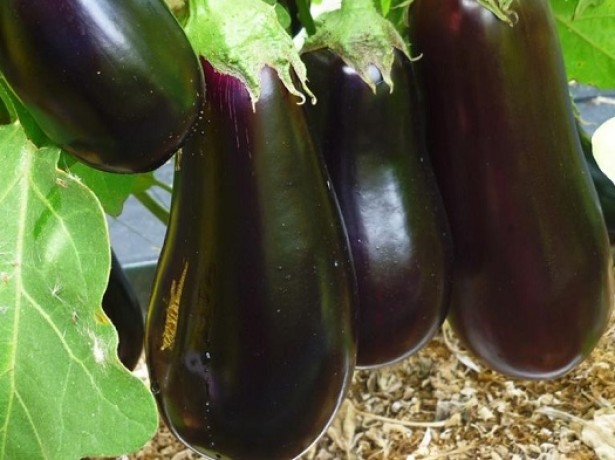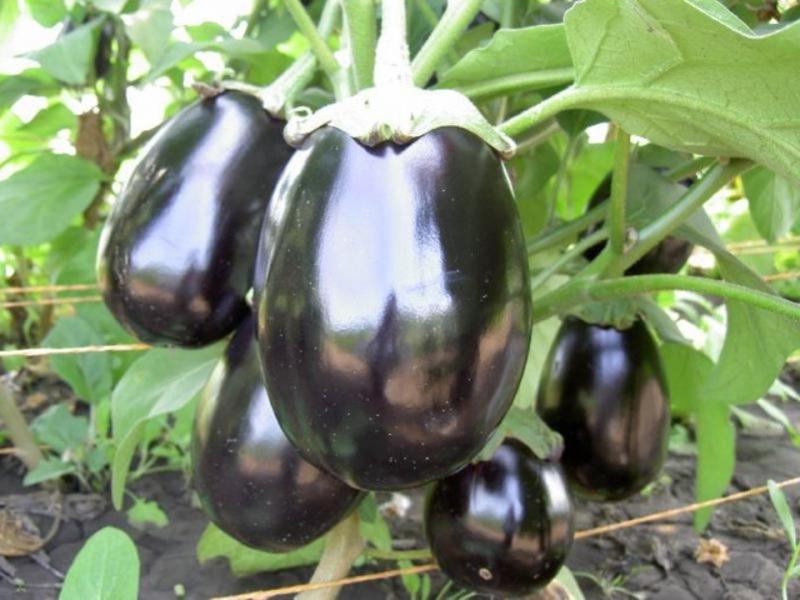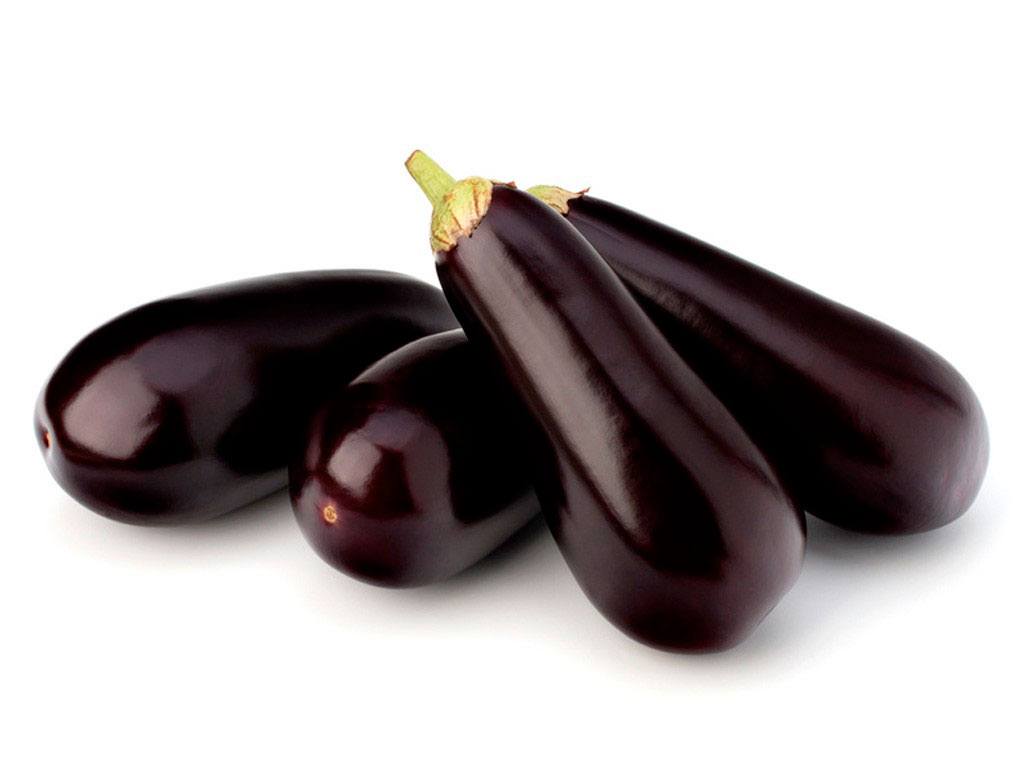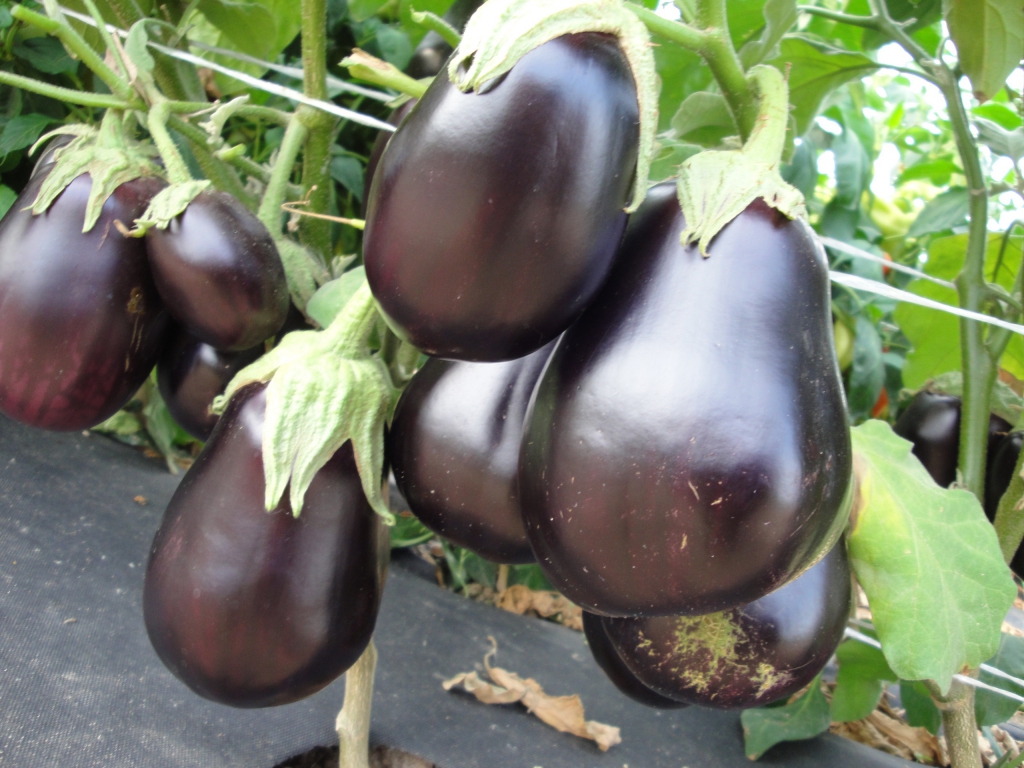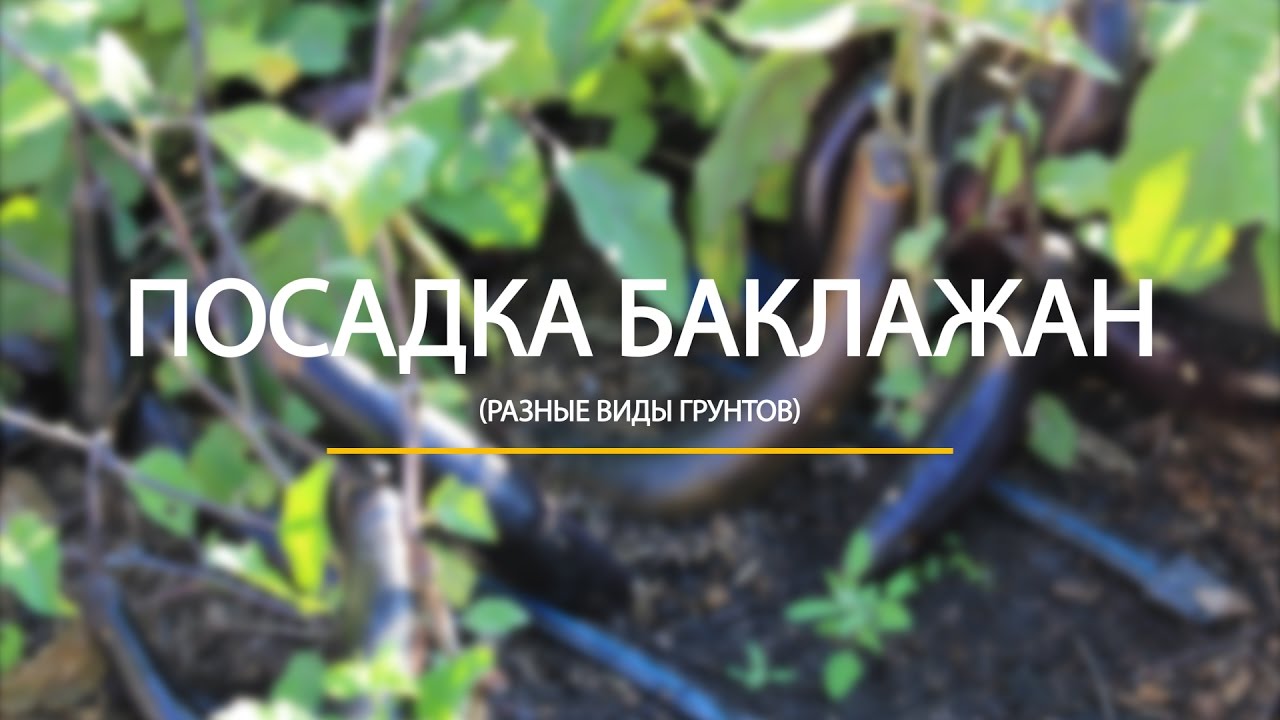Content:
Eggplants are considered capricious vegetables that require constant care, demanding soil quality and environmental conditions.
But the selection does not stand still, new varieties of different vegetables, including eggplant, are regularly brought out. This article will describe Valentine's hybrid eggplant, its main characteristics, as well as the nuances of planting and growing.
The history of the creation of the variety
This hybrid variety was created by specialists from the Dutch company Monstano Holland at the end of the last century. But in our country, the Valentine's hybrid appeared only in 2007 - it was then that it was entered into the State Register. And since this year, early maturing Valentina eggplants have been recommended for growing in greenhouses, greenhouses and open field throughout Russia. The variety is recommended for growing in small farms.
Description of the eggplant variety Valentine f1
The first ripe fruits appear on the bushes two months after planting seedlings in the beds, therefore this hybrid is classified as an early-ripe eggplant.
In most regions, eggplant bushes of this variety are grown in greenhouse conditions or in greenhouses. And only in the southern regions do these bushes grow well in beds in open ground.
The main positive qualities of this variety are its high resistance to changes in weather conditions, as well as the fact that the buds and flowers do not fall off in rainy cool weather, but form ovaries well, and the fruits develop well, despite the coolness.
The bushes of this hybrid are tall, medium spreading. The foliage is large, oval in shape, in greenhouse conditions it can reach 1.1 m, in open ground - about 0.8 m.
Ripe eggplants are pear-shaped - oblong, the color of the dense skin is deep purple. One fruit weighs about 300 g in length, the fruits reach 22-25 cm, and their diameter is about 5 cm. The pulp is of medium density, the color is white with a yellow tint, has no bitterness.
Fruits ripen in the second decade of July. The variety is distinguished by a fairly high yield - more than 3 kg of ripe fruits are harvested per square meter.
The crop tolerates transportation well, without losing its marketable qualities, in cool conditions it has good keeping quality - up to 30 days without loss of taste.
Ripe fruits are used for preparing snacks, hot dishes, and also used in preparations.
Since the variety is hybrid, its seeds are not suitable for further cultivation, so you have to buy new ones every year.
Features of planting and caring for eggplant
In most regions of our country, eggplant seedlings are first grown at home, and only grown strong seedlings are planted in open ground.
Seedlings are planted in mid-March. It is advisable to germinate the seeds beforehand so that the seedlings appear faster. The growth period of seedlings from germination to full-fledged seedlings is about 1.5 months.
Seedlings with 4-5 permanent leaves are planted in open ground.
Transplanting into open ground should be carried out no earlier than the second decade of May, when the soil warms up well.But at first after transplanting, it is better to build a greenhouse over the young eggplant bushes in order to protect the plants from the spring cold snap.
Seedlings are transplanted into pre-prepared holes, the distance between which should be at least 0.5 m.
Further care for the bushes consists in regular watering at least once every 3 days. You should also loosen the soil around the eggplant and remove weeds. Top dressing is carried out every 10-12 days, alternating organic and mineral fertilizers.
Advantages and disadvantages of the variety
The main positive qualities of the Valentine hybrid include:
- early maturity of the hybrid;
- yield - above average;
- resistance to weather changes;
- good keeping quality of the harvested crop;
- good presentation.
The hybrid has practically no drawbacks. It can only be noted that you have to buy seeds every year.
